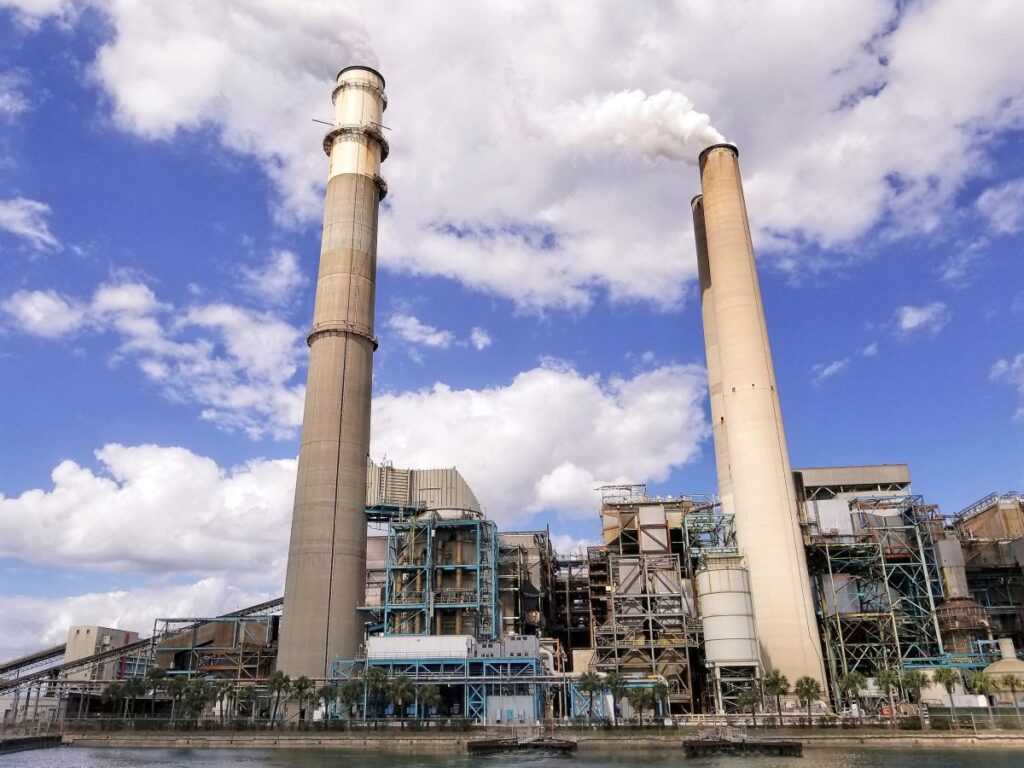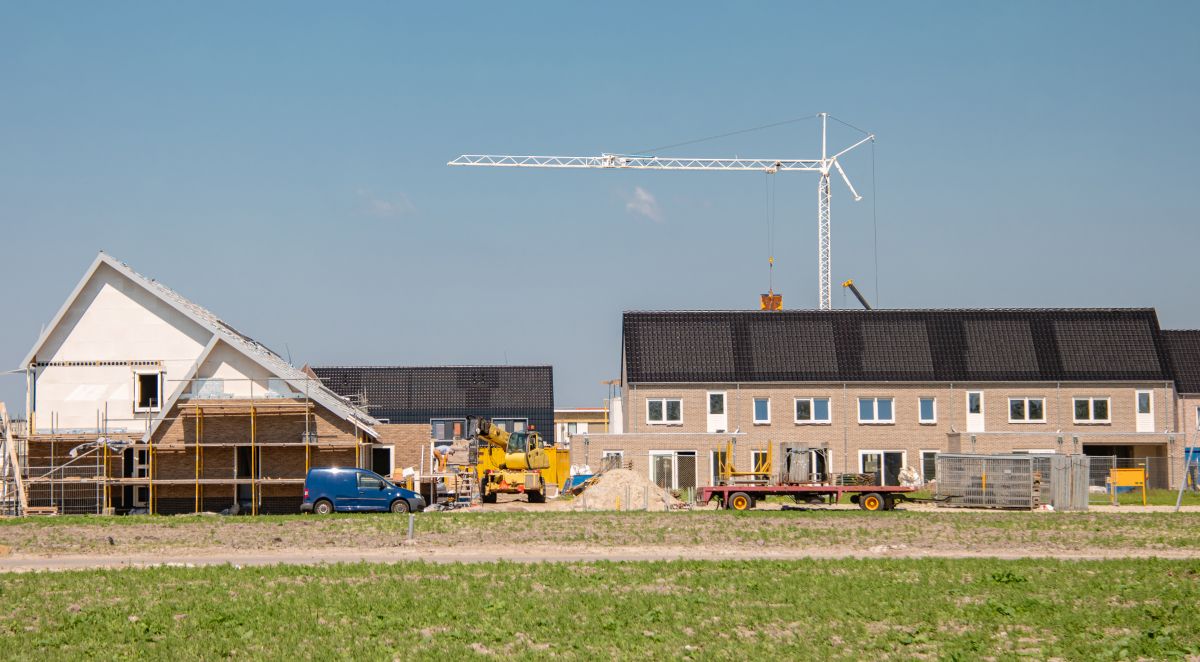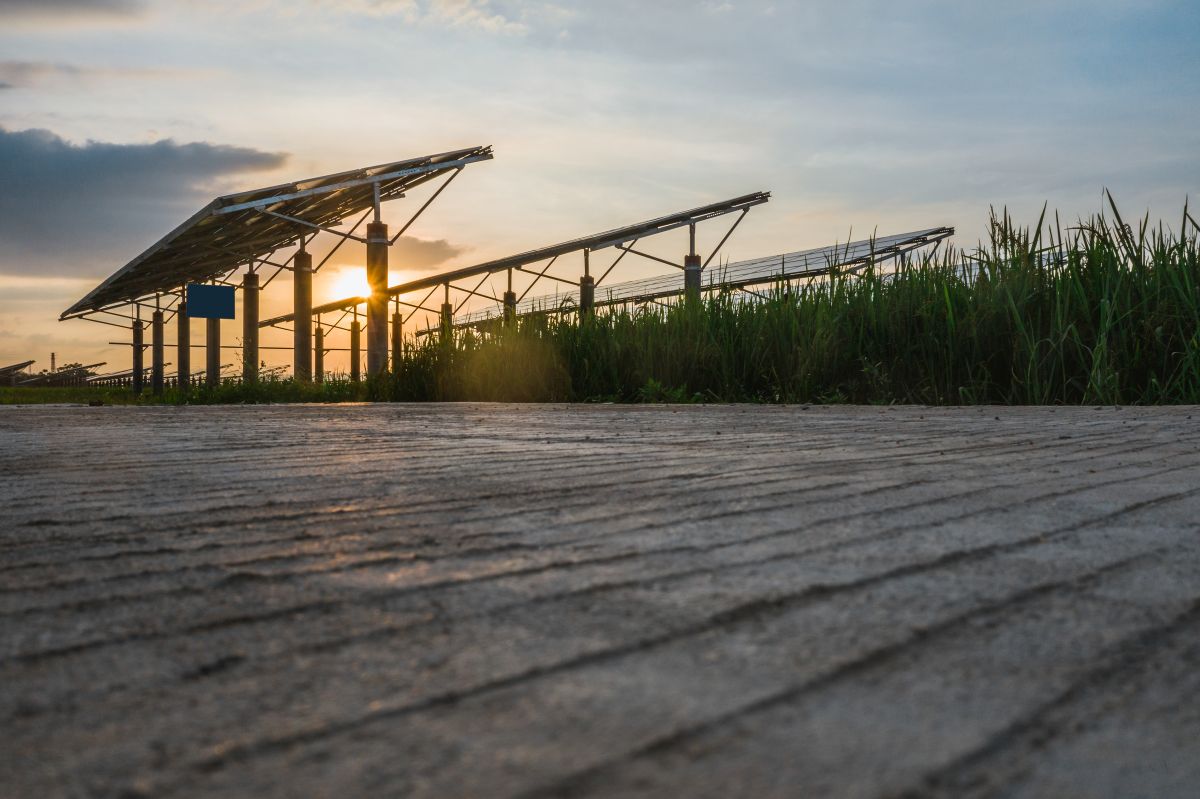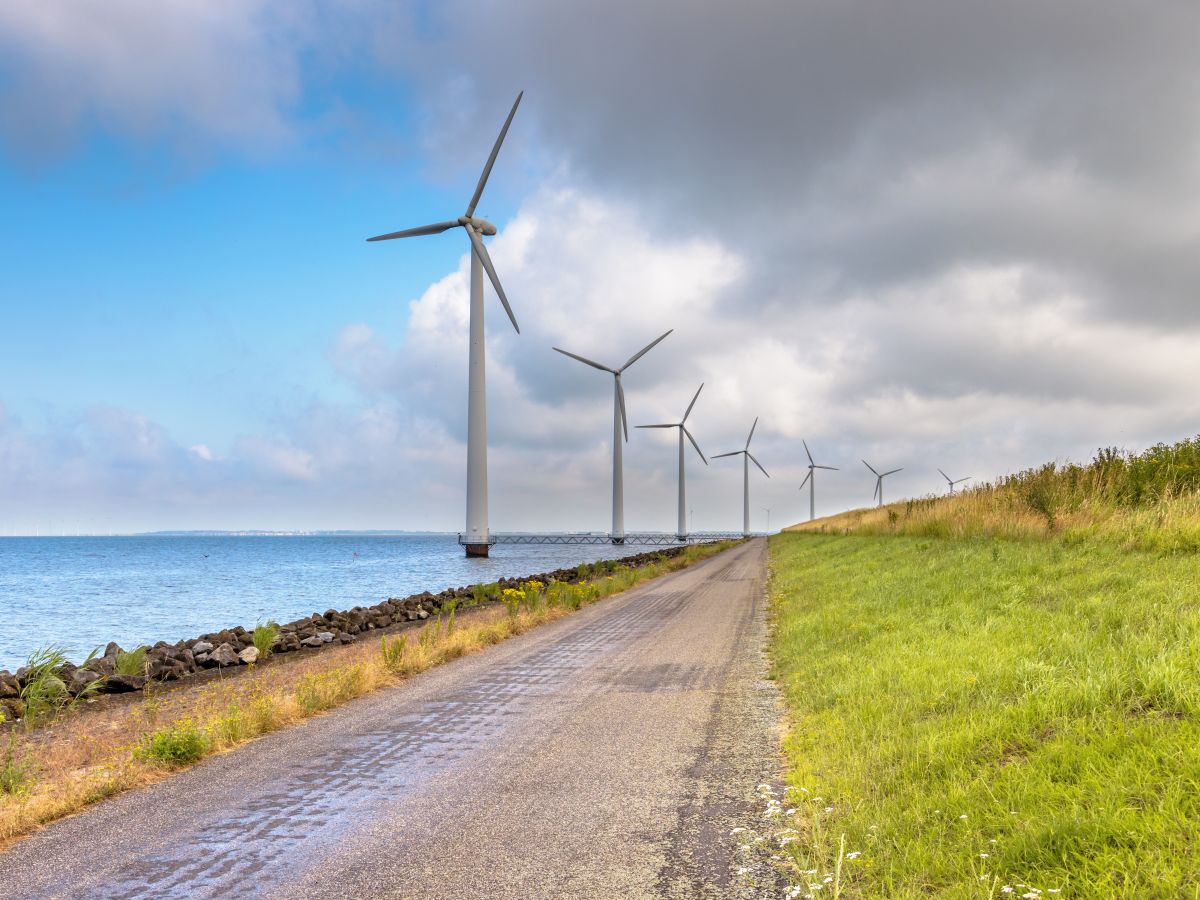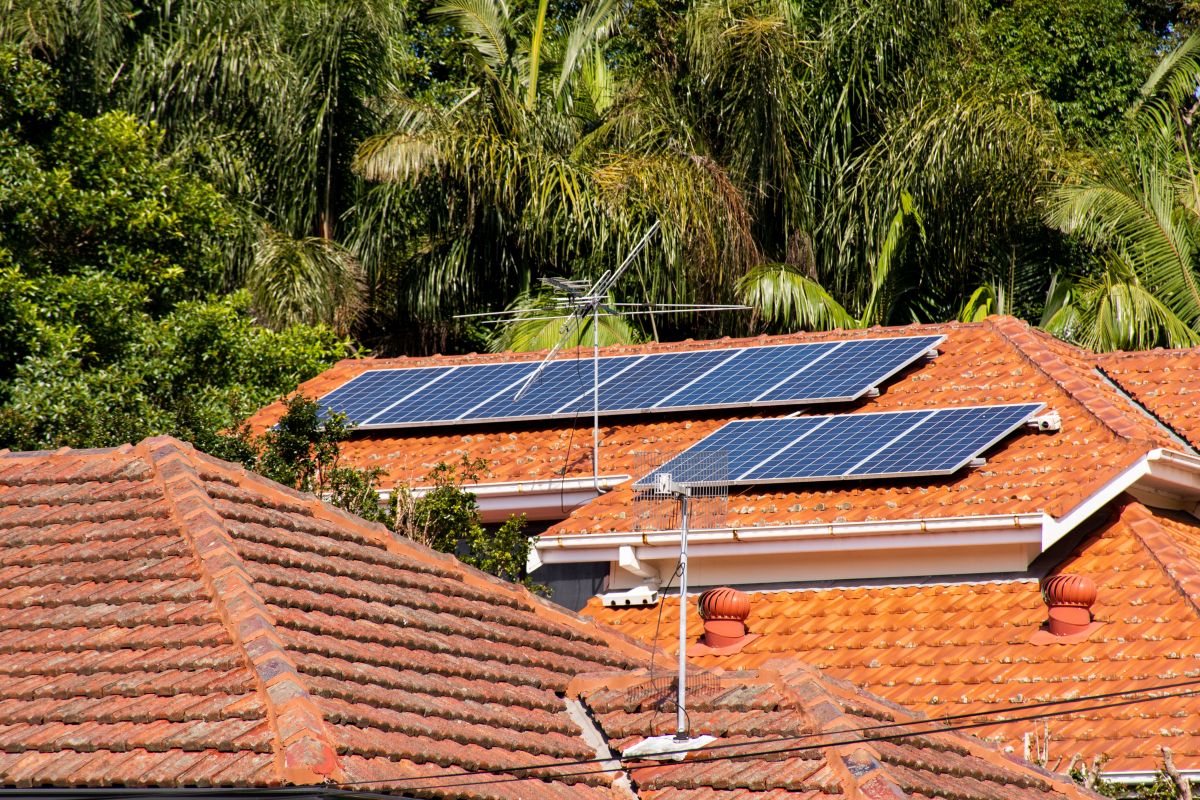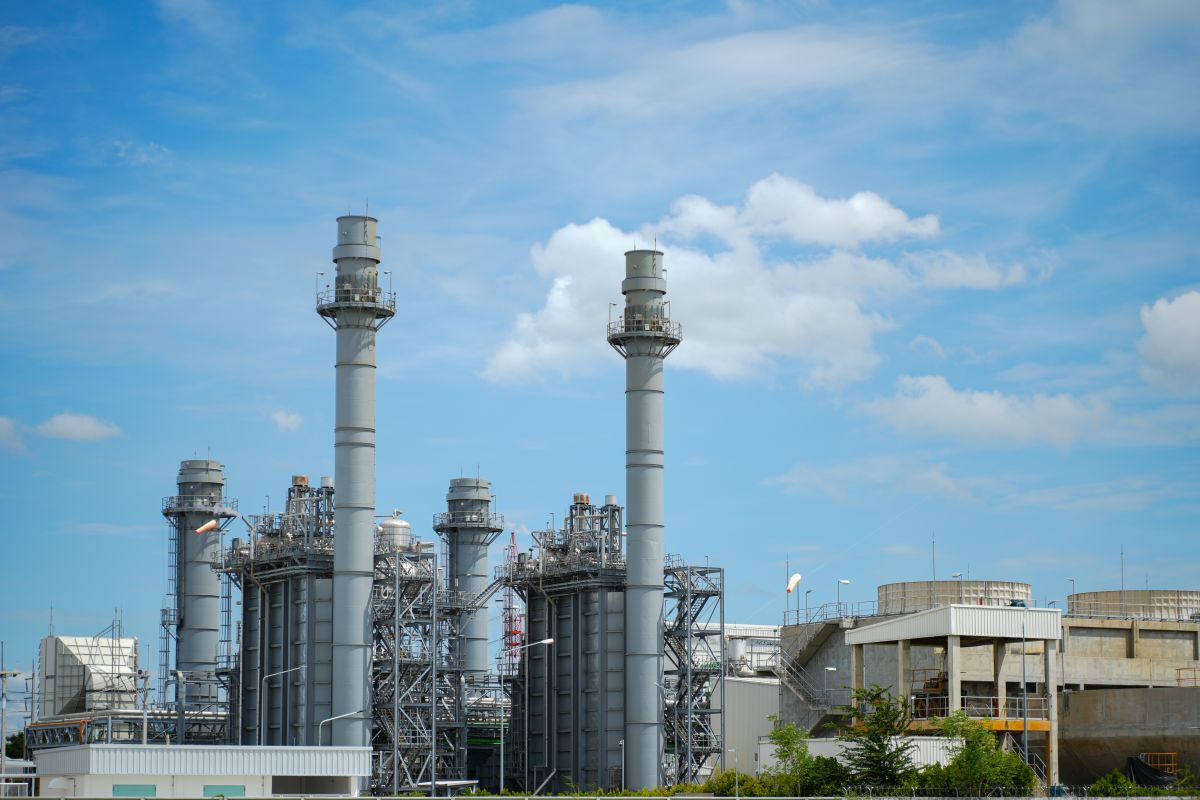WWW.UTILITYDIVE.COM
Dive Brief:
- California’s taxpayer-funded virtual power plant can reduce the need for gas peaker plants and has the potential to save ratepayers $206 million between 2025 and 2028, according to a new report from The Brattle Group. The report was commissioned by Sunrun and Tesla Energy, both of which participate in the Demand Side Grid Support program.
- DSGS is run by the California Energy Commission and since 2023 has offered customers compensation in exchange for allowing their behind-the-meter batteries to be dispatched at times of grid stress. A July test event saw more than 500 MW of battery energy dispatched to the grid for two hours.
- Despite the program’s potential benefits, in June California Gov. Gavin Newsom, D, approved a state budget that cut $18 million from the program, rather than increasing its funding as advocates had hoped. The DSGS program will run out of funding by the end of the year, according to Advanced Energy United.
Dive Insight:
Tesla and Sunrun make up the lion’s share of DSGS capacity, and on July 29 they and other aggregators discharged more than 100,000 participants’ batteries to produce 539 MW of average output between 7 and 9 p.m.
“Brattle’s report confirms the incredible power of the massive distributed power plant we have built,” Sunrun CEO Mary Powell said. “Aggregating home generation and storage produces a reliable, flexible energy resource that dispatches at the same scale as multiple peak generation plants to help meet soaring electricity demand.”
Brattle concluded the DSGS program could provide net system cost savings between $28 million and $206 million, between this year and 2028.
“If continued, the DSGS program is likely to grow significantly, further improving energy affordability and reliability for Californians,” Brattle wrote. “Batteries participating in DSGS have scaled to the equivalent capacity of a large natural gas plant over only the past three years.”
DSGS battery capacity could double over the next three years, Brattle said, “providing over 1 GW of fast, reliable performance to the California power system.” The program could be improved by increasing flexibility in event triggers, integrating the program’s capabilities more fully into state resource planning initiatives, and optimizing dispatch patterns to deliver additional grid services, the consulting firm added.
“With more than 1.8 GW of residential battery capacity already installed in California, the untapped potential is significant,” Colby Hastings, senior director of residential energy at Tesla Energy, said in a statement.
But advocates of the program say its future may be at risk. A coalition of renewable energy organizations led by Advanced Energy United on Tuesday sent a letter to California lawmakers urging them to restore funding commitments for the DSGS program and another, the state’s Distributed Electricity Backup Assets program.
The groups and companies signing the letter include the California Energy Storage Alliance, California Solar & Storage Association, EnergyHub, Fermata Energy, Sunrun and others.
“At a time when affordability and reliability are under such strain, cutting these programs would take away proven, cost-saving solutions just as they are most needed,” the coalition said. “DSGS needs at least $75 million this year to remain operative in 2026 and multi-year funding to give providers program certainty, continue attracting private investment, and unlock its full affordability benefits.”
“Establishing a permanent pathway for these resources is critical, and we look forward to advancing this work with our customers, partners, utilities, regulators, CAISO, and the legislature,” Tesla’s Hastings said.


